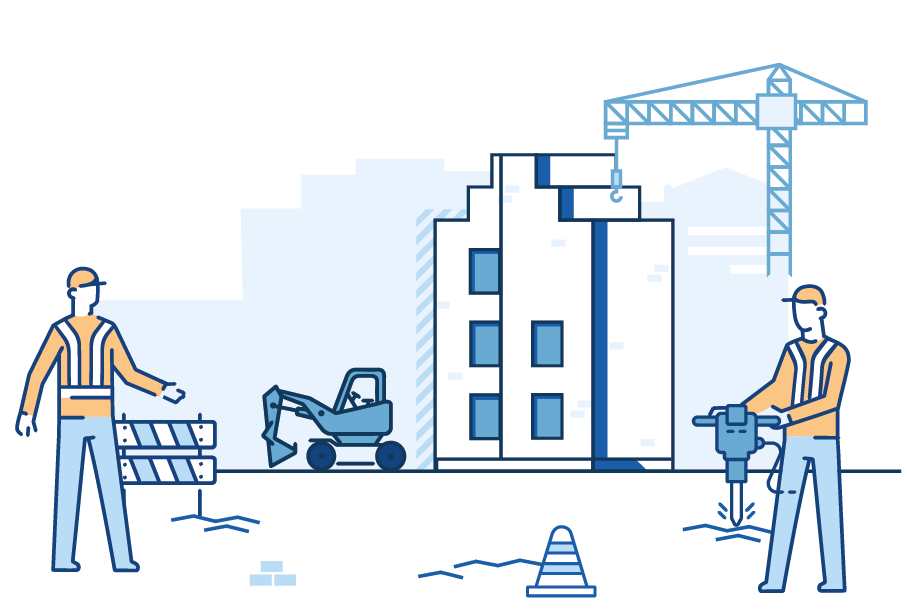Heat Networks
Heat Networks (also known as communal or district heating schemes) are the net zero solution of choice for supplying low carbon heating, hot water, and/or cooling efficiently to modern-day apartment blocks.
The benefits of the economies of scale have been identified by national government, and now the use of advanced technology and carefully engineered heat networks is almost standard practice for more densely populated urban environments.
As a result, the Climate Change Committee estimates that heat networks could serve 8 million customers by 2030 and provide 20% of the UK’s heating requirements by 2050.
Seemingly subtle improvements to the heat network solution can deliver significant returns. Here’s how we work alongside key stakeholders to deliver a system that’s reliable, environmentally friendly and cost effective for the long term:

1. Requirement Defined
The parameters for the heat network are set out by the developer.
Our senior consultants attend pre-concept discussions to establish system objectives, requirements and limitations.


2. System Design
We review the proposed design and equipment, with insight as to what works in practice. We look at the maintenance obligations required to ensure that associated costs are understood.
These costs can then be included in the budget drafting process, ensuring the legalities dovetail correctly, with enforceability clearly defined.
3. Construction & Commissioning
Main contractors, builders and sub-contractors create the development in line with plans.
We provide safe, practical support throughout the construction process, working with all parties to ensure a timely project delivery.


4. Pre-Handover
We complete pre-handover inspections as handover to the Managing Agent nears.
We review the commissioning and ensure the Managing Agent has confidence they can deliver their responsibilities under the regulations.
5. Handover
We attend handover to ensure everything is clear and as expected.
Energy centre and metering network inspections are completed to ensure the installation has been correctly commissioned.


